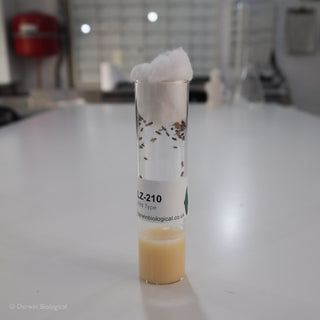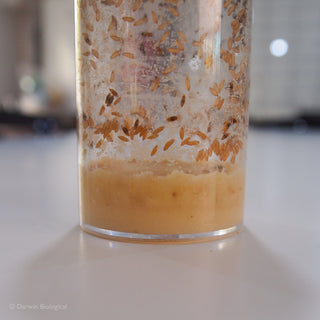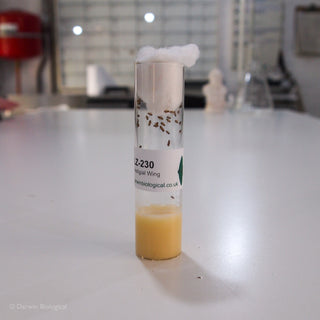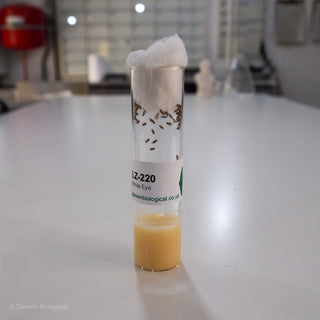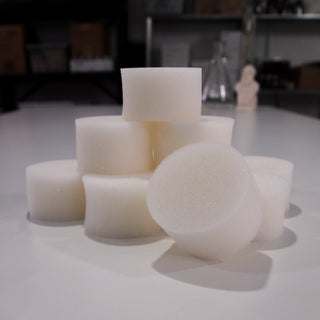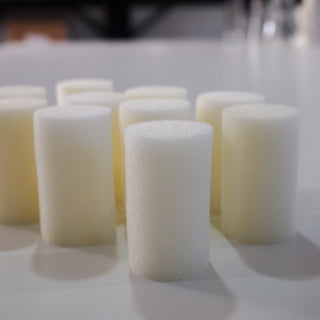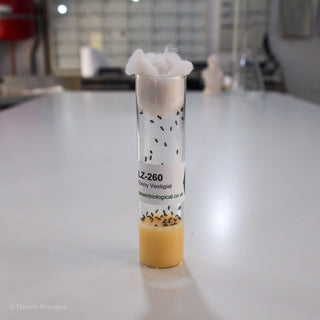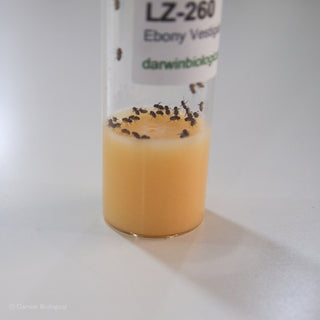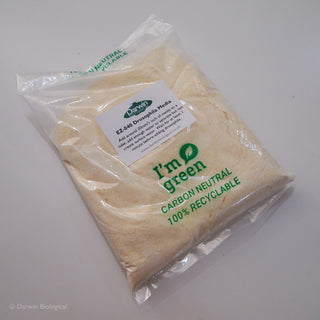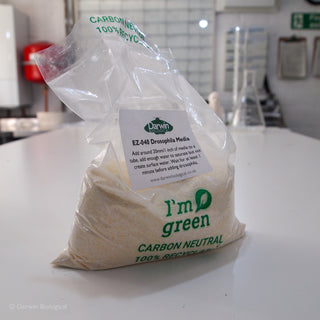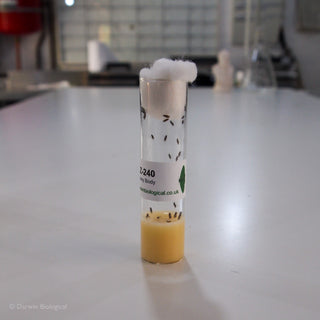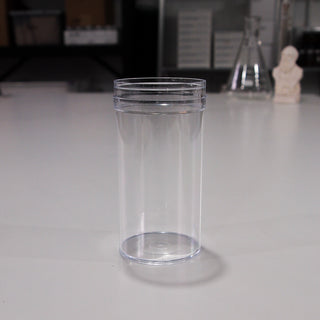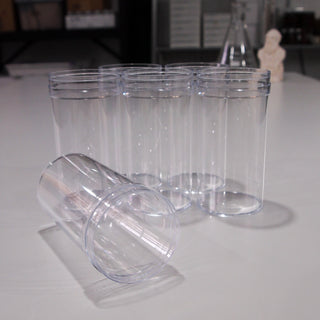What are flour beetles?
Flour beetles are small reddish brown beetles around 3-4mm in length that, as the name suggests, live on and in flour. They are often seen as a pest which contaminates stores of flour, bakeries and flour mills are the most vulnerable. There are a few species of flour beetles, the most common of which are the Confused Flour Beetles (Tribolium confusum) and Red Flour Beetle (Tribolium castaneum); Darwin Biological supplies Tribolium confusum. These two beetles look very similar, however only the Red Flour Beetle can fly. Flour beetles are also called ‘Rice Flour Beetles’
Why study flour beetles?
Flour beetles are fascinating, they require only a few grains of flour to survive and a single bag of flour could sustain hundred or even thousands of beetles! The most amazing aspect of these animals is that they can survive in such a dry environment – no moisture is required as the beetles manufacture moisture through respiration! Flour beetles have been studied as a model organism since the 1920s for population studies and are an easy classroom animal – especially as they require minimal care so can be left over the school holidays!
As with other beetles, flour beetles go through complete metamorphosis, from egg to larva to pupa to adult. This transition can be studied by students who can analyse, draw and label the various stages and body parts observed. One way of doing this is to provide each student with a single larvae in a small vial with a little flour, students can then record the changes on a regular basis.
Flour beetles, in particular their larvae, are also used as a feeder insect for dart frogs. The adult beetles secrete defensive quinones which taste bitter to frogs, these secretions also cause odours and are a skin irritant.
What is the lifecycle of flour beetles?
Flour beetles lay 2-10 eggs per day which hatch in 6-14 days depending on temperature. The tiny eggs are white and sticky, becoming quickly coated with flour camouflaging them. A female may lay between 300 and 600 in a lifetime.
Once hatched, the cream-coloured larvae pass through numerous moults over a period of weeks before they reach 6mm. After the larval stage, they pupate for around 2 weeks before emerging as adults. In favourable conditions the entire lifecycle can be completed in a month. Adult flour beetles live for around 1-2 years.
How to care for flour beetles?
Flour beetles, Tribolium Confusum, are easy to grow and breed. Simply place the culture you receive in a container with whole wheat flour (fine), white flour and baker’s yeast in a ratio of 4:4:1. There is no need to provide water! The media only needs to be around 5cm deep. They are fascinating creatures which burrow through the flour; we recommend you keep them in a clear plastic box/tank to allow you to fully observe them, roughly shoebox sized is perfect. Now sit back and relax!
As flour beetles can turn cannibalistic you should aim to avoid overcrowding. When culture is becoming crowded harvest a large scoop of your stock culture and transfer to a fresh container.
How to harvest flour beetles?
The best way of removing the beetles and larvae from the flour is to use a small sieve or tea strainer. Scoop some of the media and tap to remove the flour. If you only want larvae, place the sieve back on the surface of the media and allow the adults to climb back out.
How to dispose of flour beetles?
If you no longer wish to keep flour beetles or have bred too many you can dispose of them in your general waste bin. Take care however that no flour escapes as it may contain microscopic eggs and cause an unwanted infestation. For this reason, we suggest bagging the culture before disposal and thoroughly cleaning the container. Do not keep flour beetles anywhere near sources of grain or flour, for example in a kitchen.
References: “Flour Beetles.” Science and Children, vol. 25, no. 5, 1988, pp. 36–37. JSTOR




